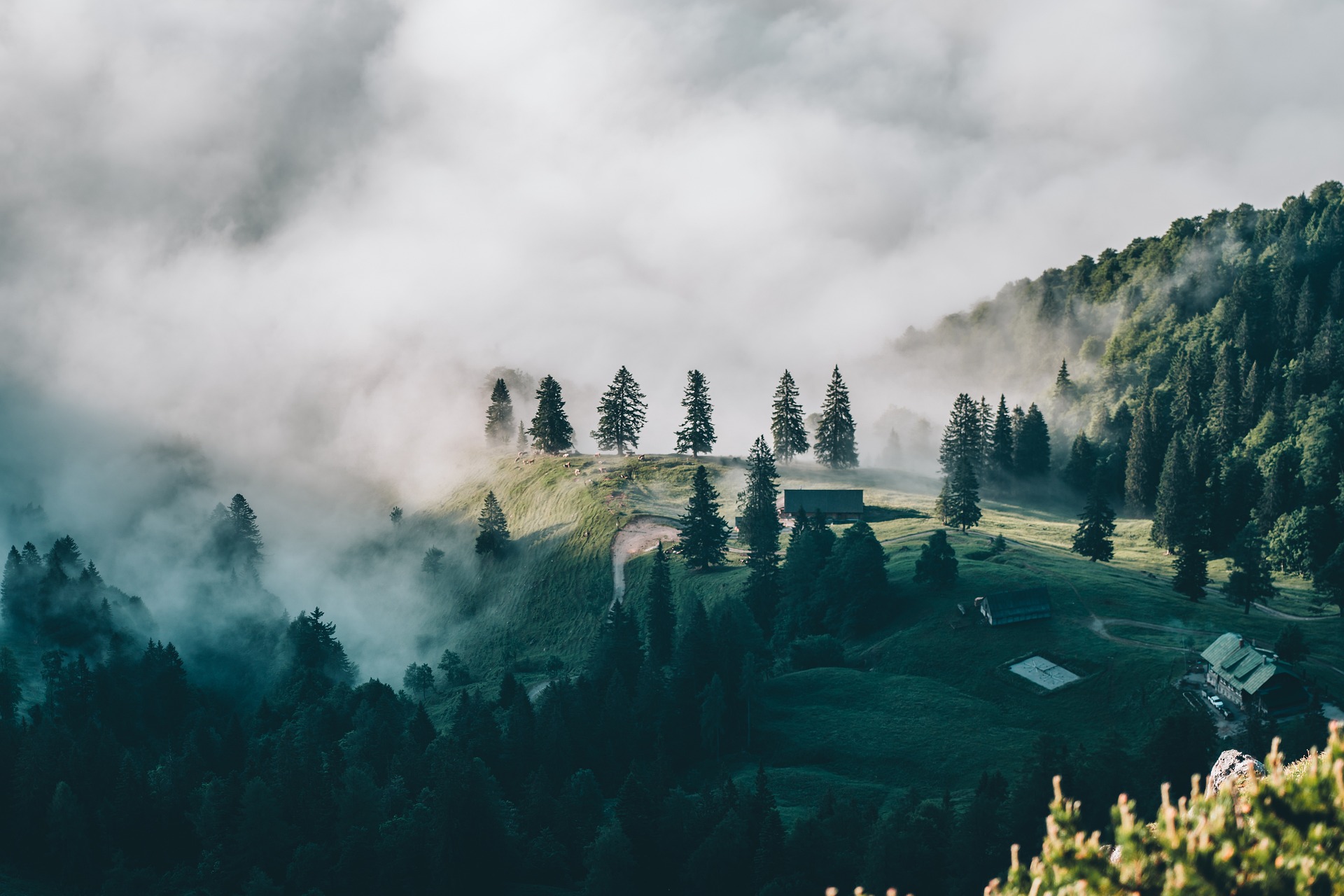Unveiling the Mystique of Dark Tourism: A Modern Travel Phenomenon
As the sun rises over the Chernobyl Exclusion Zone, a quiet eeriness envelops the air. The relics of a nuclear tragedy frozen in time have transformed into an unlikely tourist attraction. This is the intriguing world of dark tourism, a niche travel trend that's gaining momentum and reshaping the way we perceive travel. Let's unravel this unconventional phenomenon that's stirring both curiosity and controversy.

Dark Tourism: A Historical Overview
Dark tourism, or thanatourism, is the act of traveling to sites associated with death, disaster, or darkness. This concept isn’t new; it dates back to the Middle Ages when people undertook long pilgrimages to witness public executions or visit catacombs. However, it has evolved significantly over centuries, shaping itself around contemporary events and societal changes.
Current Trends and Insights
Today, dark tourism encapsulates a broad range of experiences - from visiting former war zones and disaster sites to exploring haunted houses and prisons. The rise of unique destinations like Chernobyl, Auschwitz, and Ground Zero showcases the growing interest in this travel style. This trend is often attributed to the human fascination with mortality, and our desire to learn from history.
Advantages and Challenges
Dark tourism can be a rich educational experience, offering insights into historical events and fostering empathy towards past tragedies. It also contributes to the preservation and restoration of sites with historical or cultural significance. However, it’s not without ethical dilemmas. Critics argue that such tourism can veer towards voyeurism, exploiting tragedies for entertainment. It’s a fine line that tourism operators and travelers must tread carefully.
Practical Implications
Dark tourism also presents practical implications. It can contribute to local economies, especially in areas where traditional tourism isn’t viable. However, managing these sites responsibly is crucial to prevent commodification and maintain respect for the historical significance.
A Deeper Dive into Dark Tourism
-
Dark tourism can be categorized into various subtypes such as Holocaust tourism, nuclear tourism, and disaster tourism, each with its unique characteristics.
-
The Aokigahara Forest in Japan, known as the Suicide Forest, is a prime example of a dark tourism site that sparks ethical debates.
-
The popular Netflix series ‘Dark Tourist’ has brought more awareness and curiosity towards this trend.
In conclusion, dark tourism presents a complex interplay of history, culture, and human emotions. It’s a travel phenomenon that provokes thought and instigates conversations around ethics, memory, and our collective past. As travelers, we must approach such experiences with sensitivity and respect, recognizing the stories and significance these sites hold. After all, travel is not just about pleasant experiences; it’s a journey into understanding diverse perspectives and learning from them.




